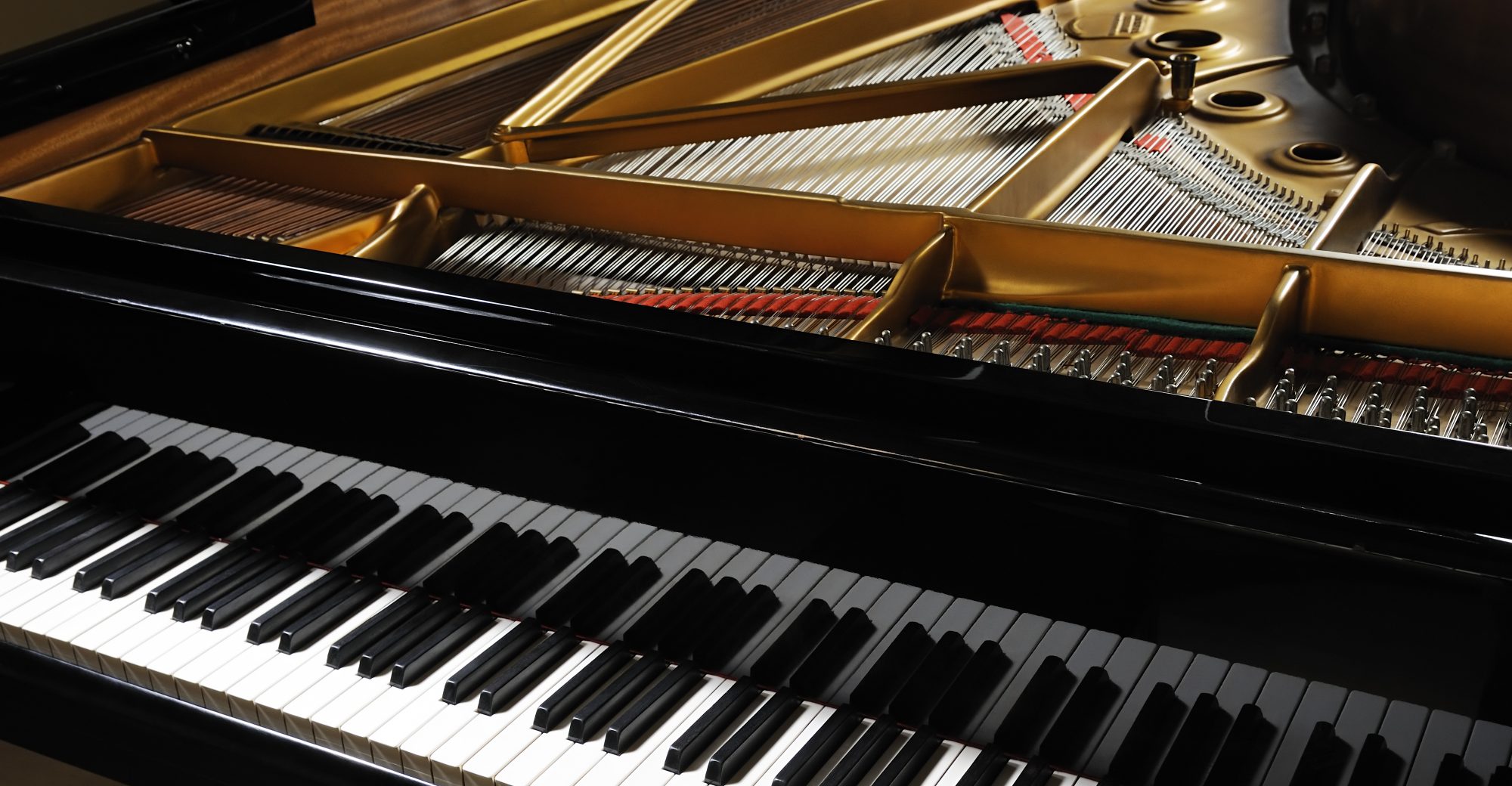This week, I completed the first pass of the note scheduling on the Raspberry Pi using the music21 library to parse the notes, and the changes are now pushed to our new GitHub repository. The parse function is able to successfully convert XML files into Stream objects which hold hierarchical information on the Parts, Measures, and Notes (also music21 object types). Based off this info, I was able to extract values for the tempo and beatTypes which I used to calculate the number of ms each quarter note is worth. Dimensional analysis of calculation is shown below:

From there, we can then scale it by our smallest note value to get the time delay that we will increment between each “timestamp” (a slice in time in which we can determine which notes are active to tell which keys are pressed or not) For simplicity, the current code assumes the smallest valued note we can play is a 16th note. This can be easily turned into a variable later on.
The function that does the main chunk of work is called
schedule
which iterates through the notes stored in the Stream and sets the bits in a bitmask based on the note being played (using mappings expressed through two changeable dictionaries) and then updates the notesToPlay dictionary that matches the bitmask to different timestamps.
As mentioned in the design review presentation, I utilized the pigpio library for controlling the GPIO pins simultaneously by setting and clearing a bank of bits. To visually see the results of the scheduling, I attached the GPIO outputs to LEDs arranged in a keyboard-like fashion. Pictured below is the setup, as well as the measured BPM from playing a simple quarter note C scale at 60 bpm. The code seemed to work pretty well!

Additionally, here is a video of it playing the following chromatic scale. It appears to capture the different note values pretty well.

The task I was scheduled to complete for this week was to “convert XML to scheduled GPIO inputs using music21.” As discussed above and with some help from Aden, I have met this goal satisfactorily, although I will need to work on ironing out a few extra details such as playing successive notes and accounting for rests. Therefore overall I am on schedule.
For the next week, I plan to continue improving the scheduling algorithm and conduct more thorough testing beyond using the built-in GuitarTuna metronome. However, I do anticipate spending a decent amount of time dedicated to writing up the Design Review Report with my teammates, so I may not be able to spend as much time on these tasks.






